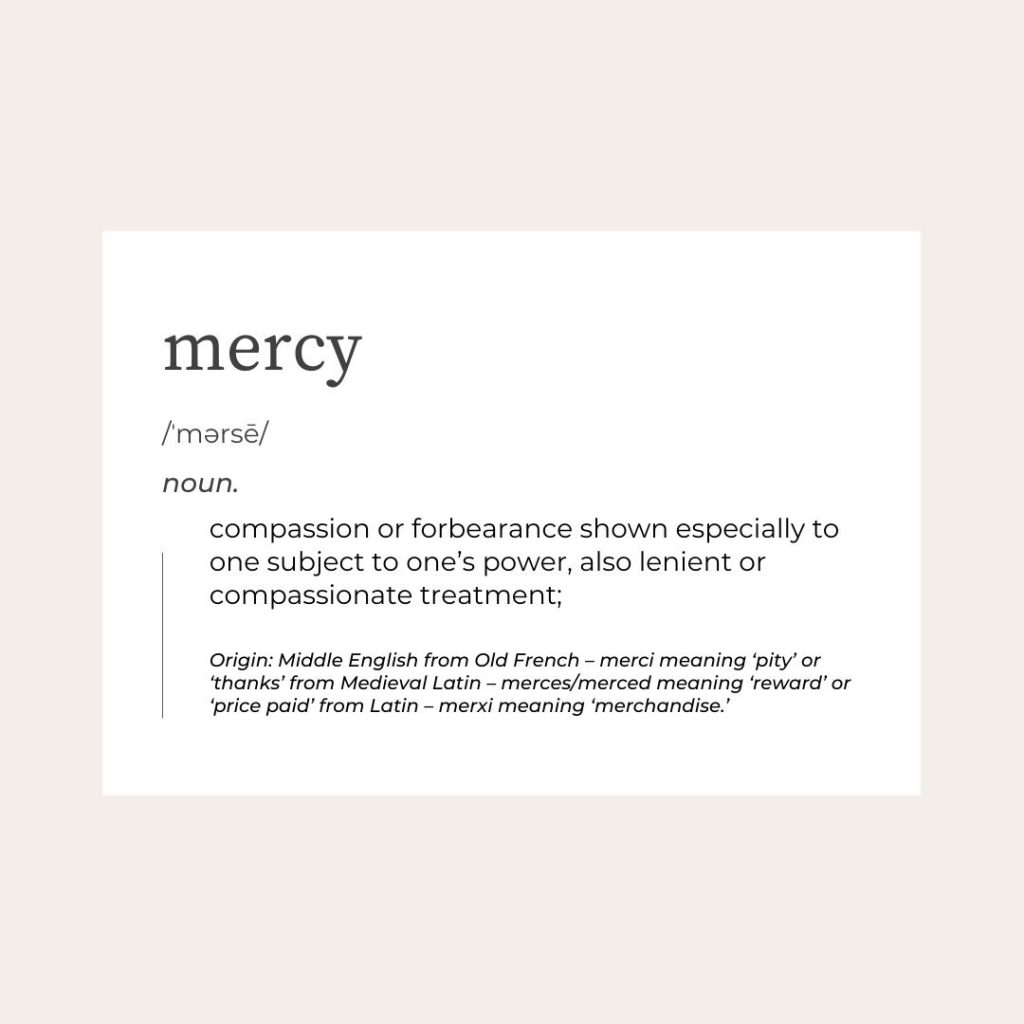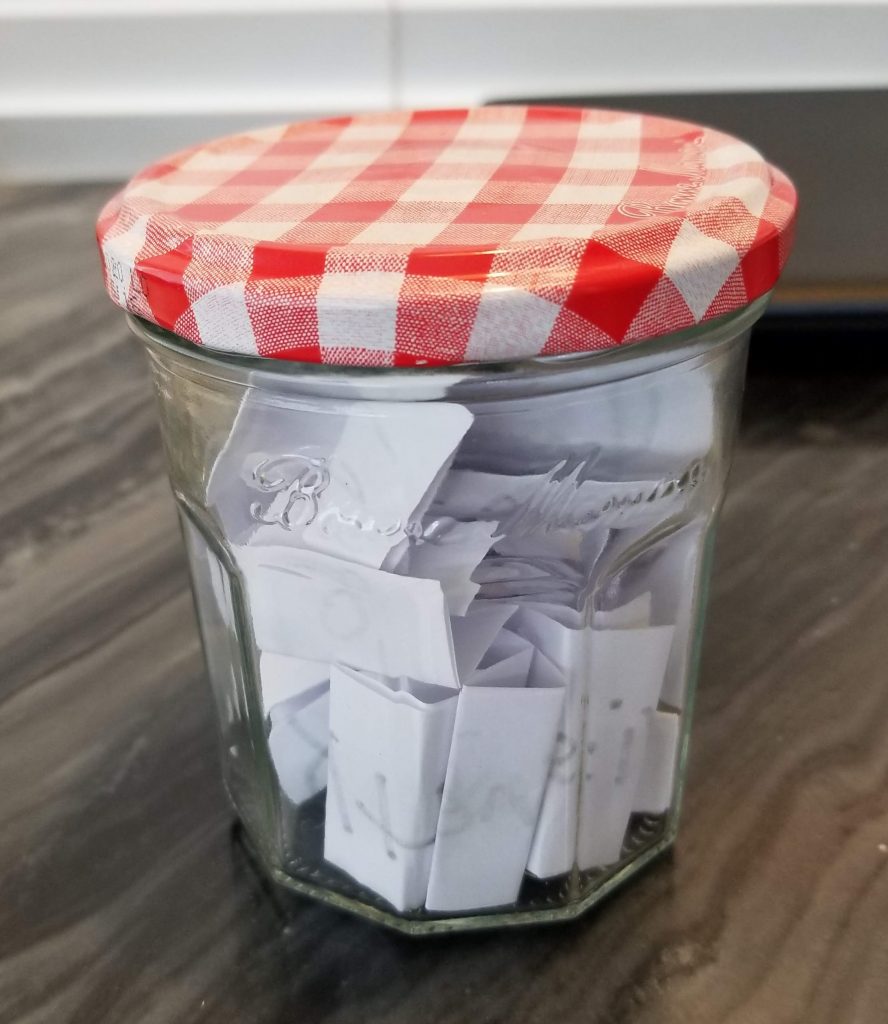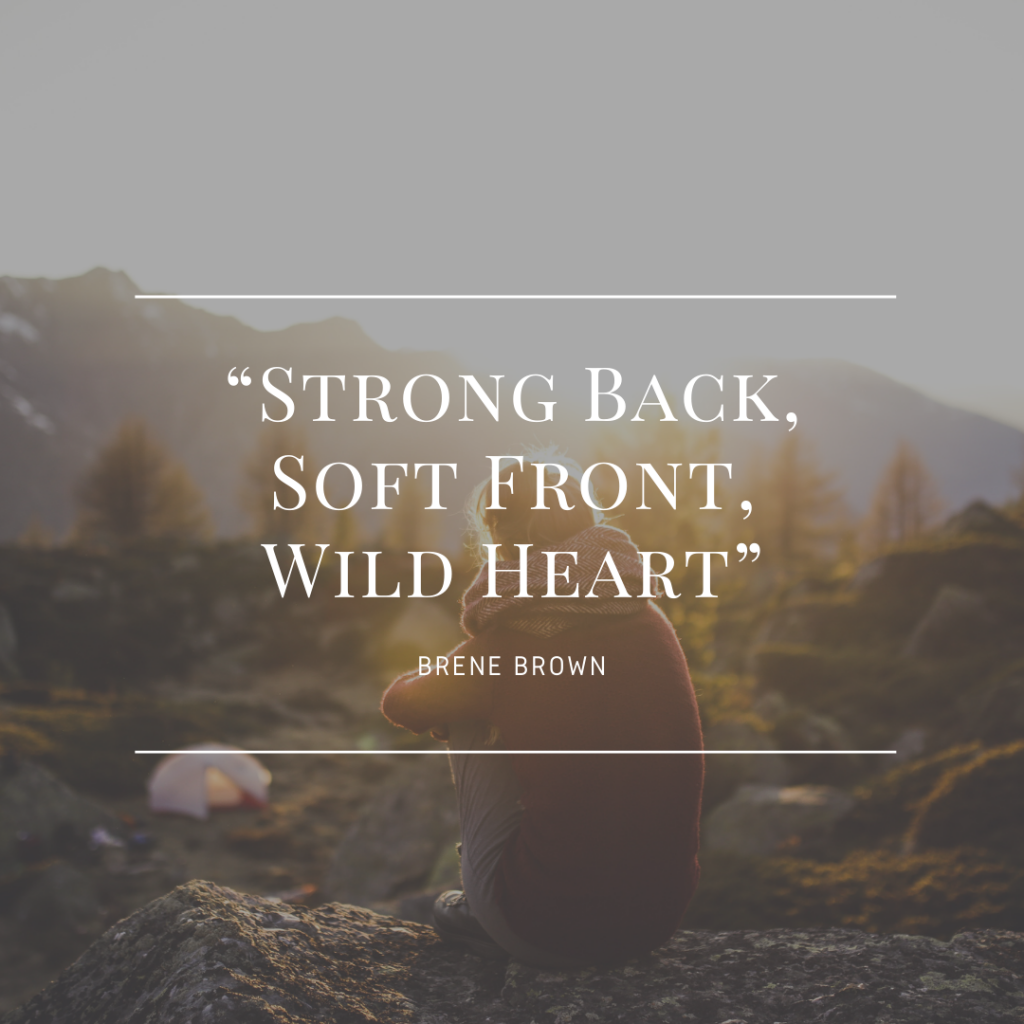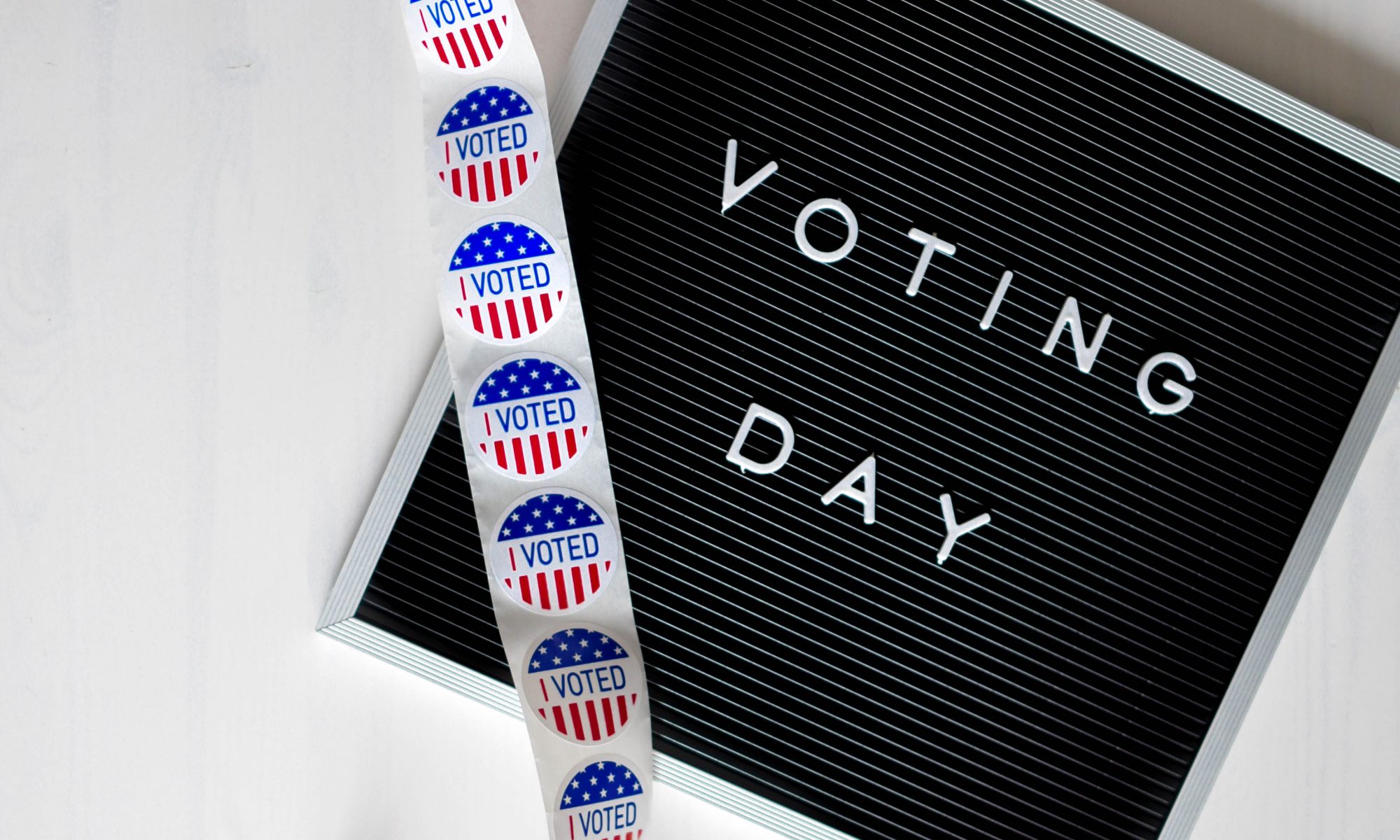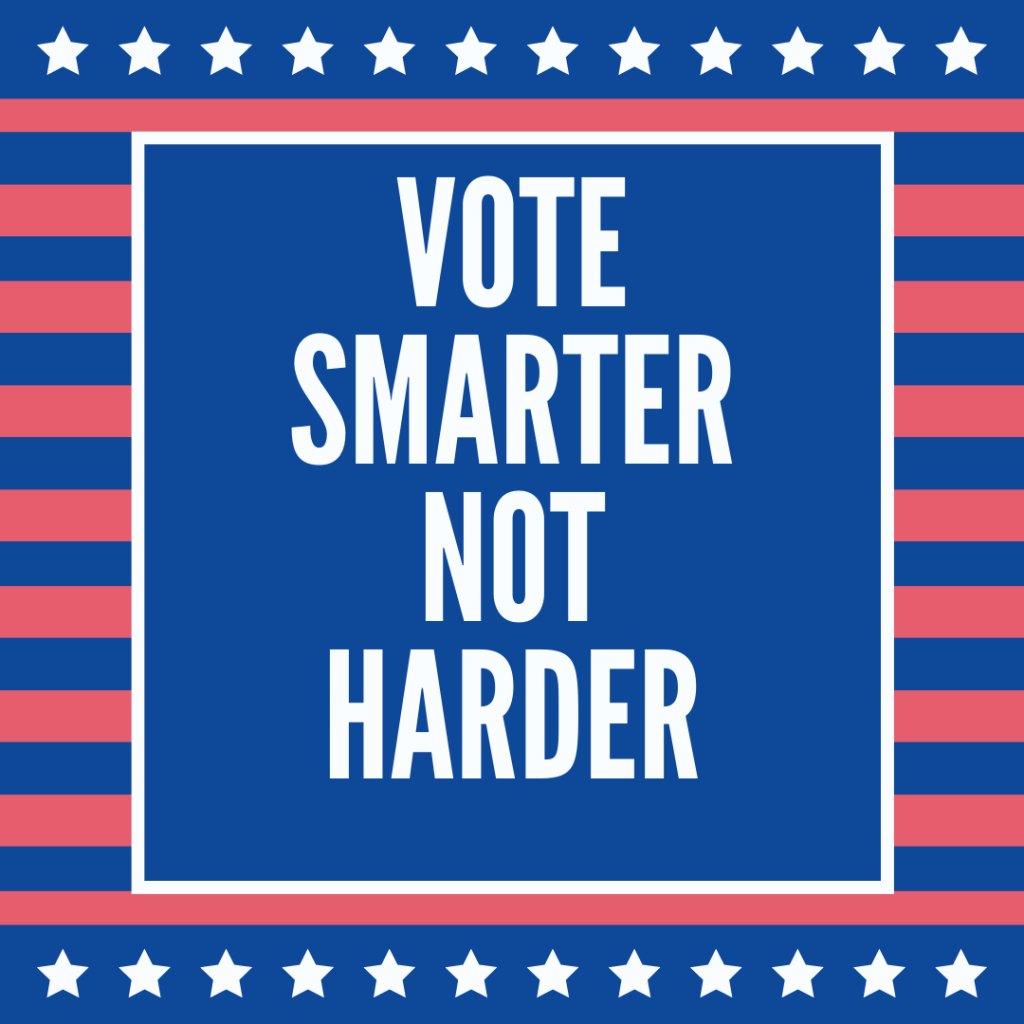Is it Important? Possibly. Is it Urgent? Probably Not.
As the holiday season is now in full swing, most of us feel like we have more on our plates than usual with the looming deadline of THE END OF THE YEAR hanging over our heads.
The other day I was having a bout of all the things to do today/this week/this month/before the end of the year anxiety. Everything felt very urgent. Then I took a moment to ask myself, Are all these things I think I need to do important? Says who?
How many of the things that I was dumping into my salad spinner of anxiety were things that were important to me and how many were things that seemed important just because there was some sense of urgency around them? What was the source of the urgency?
I hit the stopper on the salad spinner and decided to take a look at what was in there.
The Urgent/Important Matrix and you.
I know we’ve all heard of the Urgent/Important Matrix aka the Eisenhower Principle. There are two axis – Urgent and Important. Things fall into one of four quadrants: Urgent/Important, Urgent/Not Important, Not Urgent/Important, and Not Urgent/Not Important.
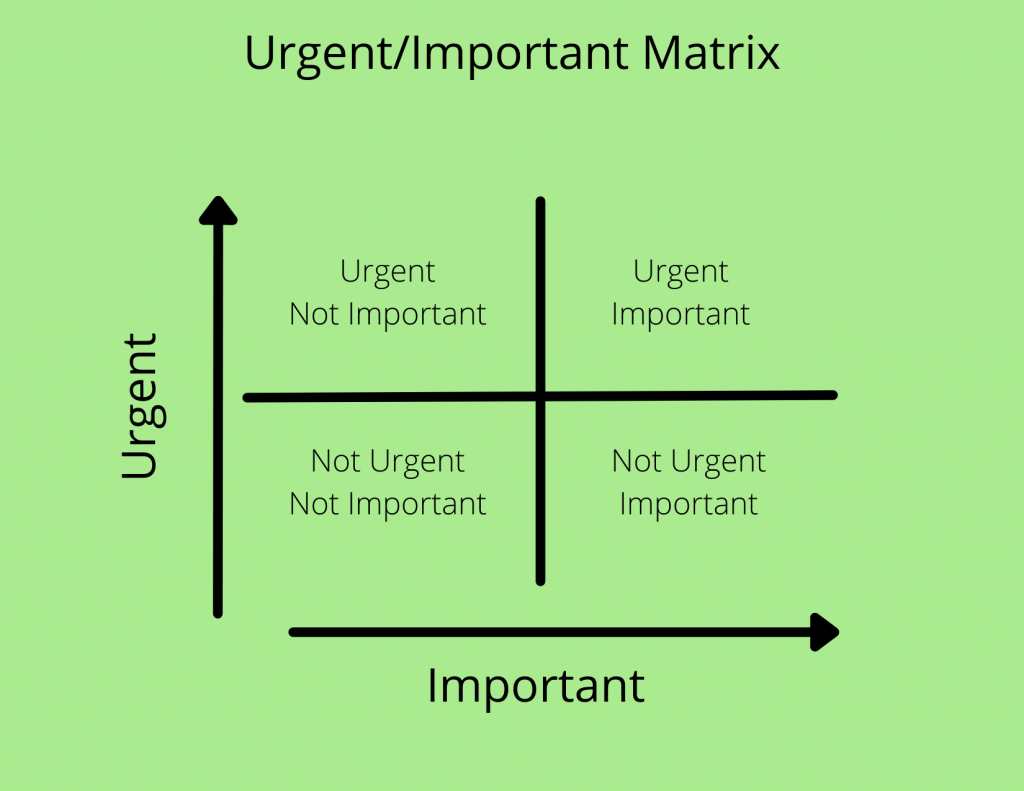
While the Eisenhower Principle is a popular work/productivity/business gimmick, it can also be useful in your personal life.
Let’s just take a moment to consider the source of my holiday-season anxiety (and probably yours too) – the Urgent/Not Important quadrant.
How can something be urgent but at the same time not be important?
Well, generally speaking, the urgency is coming from an external source. In the workplace, it is very often someone who uses the phrase, “We should …”
In your personal life, you are probably doing your own should-ing.
- “I should turn my house into a holiday wonderland.”
- “I should bake twenty kinds of cookies.”
- “I should throw a party and I should cook all the food myself.”
- “I should …”
When you start should-ing all over yourself, instead of spinning, maybe take a moment to ask some follow-up questions like:
- “Do I really want to?”
- “Is it going to make a difference in my quality of life?”
- “What other tasks is this activity going to impact?”
- “Is there another way to accomplish the same objective?”
Maybe you decide that you really don’t want to bake cookies. Maybe you decide that organizing a cookie party is a way that you can throw a party and get lots of different kinds of cookies without having to bake all of them or make an extravagant meal. Maybe you decide that staying up all night making cookies instead of getting a good night’s sleep and getting up early to exercise isn’t a trade-off you are willing to make.
The punchline is that most of the time something that is Urgent/Not Important isn’t necessarily urgent at all.
If you take a moment to reflect before you react, you can usually move things into the Not Urgent/Not Important quadrant where you can forget about them or to the Not Urgent/Important quadrant where you can thoughtfully plan how to address them. A few will move up to the Urgent/Important quadrant where you can attack them with the satisfaction of knowing that you consciously determined that task merited your attention.
If you’ve already started your holiday season spinning, I hope that you will hit the brake on your salad spinner of anxiety and take a moment to examine whether all those urgent “should do’s” are actually important.




